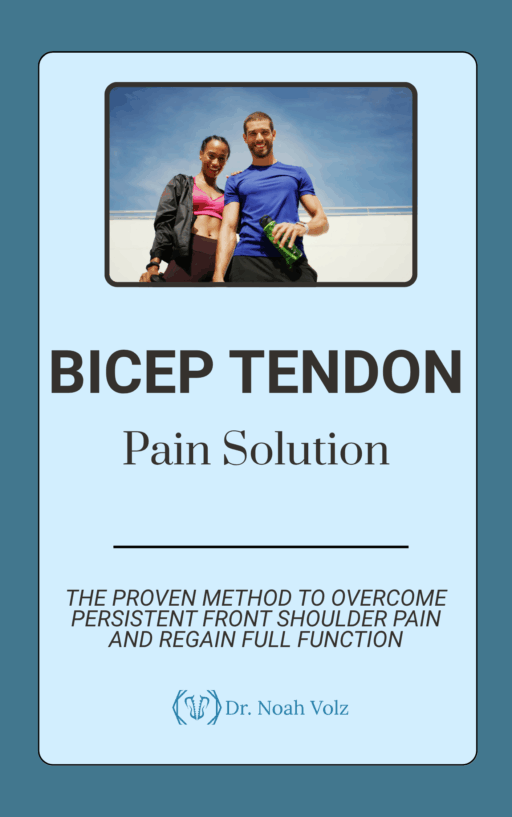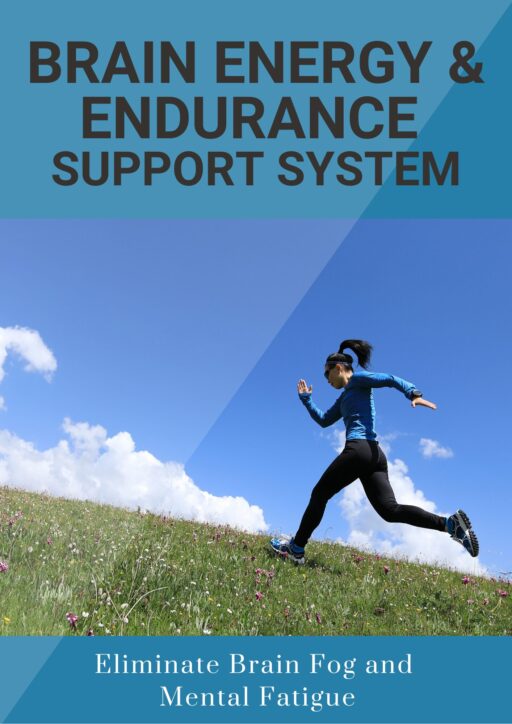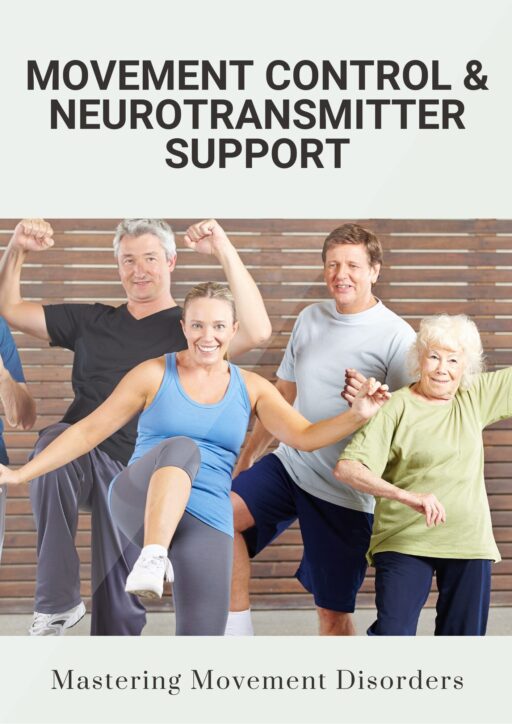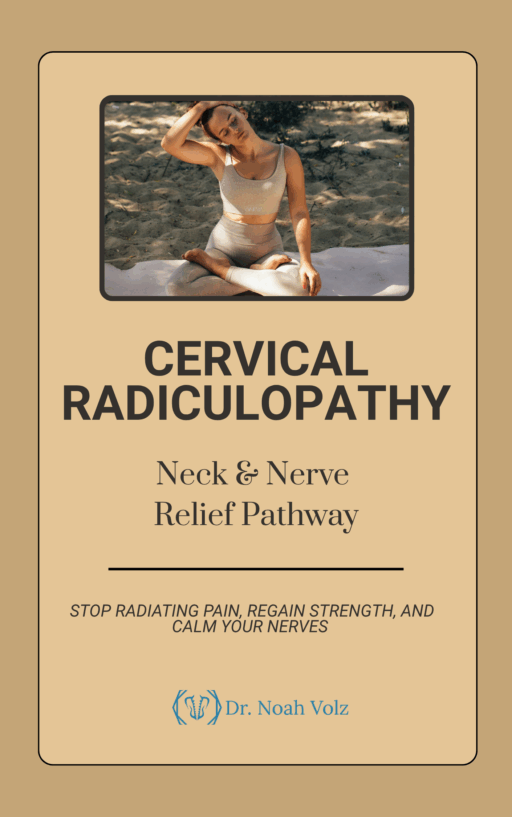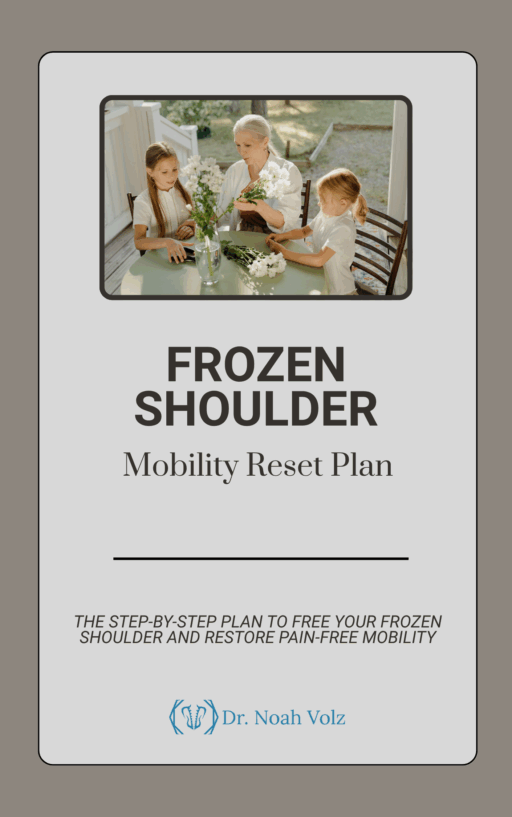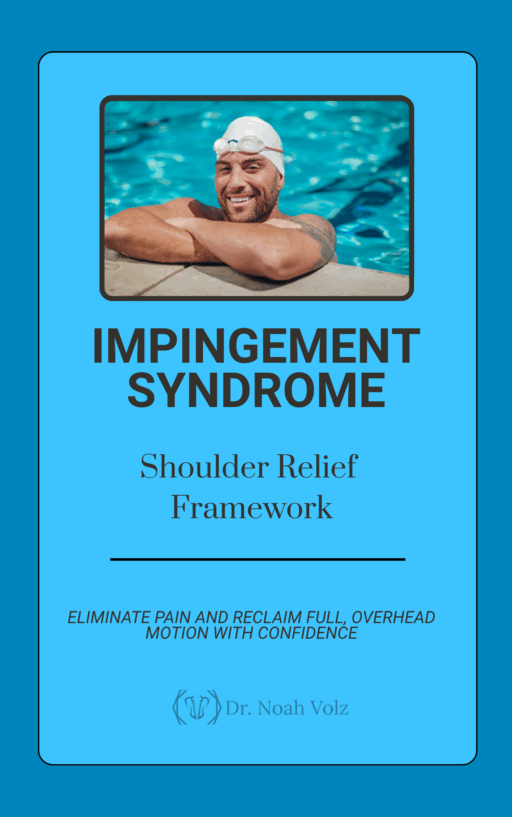What is Hip Osteoarthritis?
Hip osteoarthritis is a degenerative condition that occurs when the cartilage in your hip joint begins to break down. Cartilage is a tough, flexible tissue that covers the ends of your bones and allows them to glide smoothly against each other. When this cartilage wears away, the bones in your hip joint can start to rub together, causing pain, stiffness, and inflammation.
Risk Factors for Hip Osteoarthritis
Several factors can increase your risk of developing hip OA, including:
– Age: The risk of hip OA increases as you get older.
– Gender: Men are slightly more likely to develop hip OA than women.
– Genetics: Some people may be more prone to hip OA due to inherited factors.
– Obesity: Carrying extra weight puts additional stress on your hip joints.
– Repetitive stress: Occupations or activities that involve prolonged standing or heavy physical labor can increase your risk of hip OA.
Signs and Symptoms of Hip Osteoarthritis
The most common signs and symptoms of hip OA include:
1. Pain in the groin, thigh, or buttock area
2. Stiffness in the hip joint, especially after sitting for long periods or first thing in the morning
3. Difficulty putting on socks, shoes, or climbing stairs
4. A grating or crunching sensation in the hip joint (called crepitus)
5. Decreased range of motion in the hip
If you’re experiencing any of these symptoms, it’s important to see a healthcare provider who can perform a thorough evaluation and determine if hip OA is the cause.
Diagnosing Hip Osteoarthritis
To diagnose hip OA, your chiropractor or other healthcare provider will start by taking a detailed medical history and performing a physical exam. They may check for tenderness around your hip, assess your range of motion, and perform special tests to help identify the source of your pain.
In some cases, imaging tests like X-rays or an MRI may be necessary to confirm the diagnosis and rule out other potential causes of your symptoms. X-rays can show changes in the bone and joint space that are characteristic of OA, while an MRI can provide a more detailed look at the soft tissues surrounding your hip joint.
Managing Hip Osteoarthritis with Chiropractic Care
While there’s no cure for hip OA, there are many things you can do to manage your symptoms and improve your overall function. As a chiropractor, I take a comprehensive approach to treating hip OA that includes a combination of manual therapy, exercise, and lifestyle modifications.
1. Chiropractic Adjustments and Manual Therapy
One of the most effective treatments for hip OA is chiropractic manipulation, also known as adjustments. By gently mobilizing the joints in your hip, pelvis, and lower back, we can help restore normal motion, reduce pain and stiffness, and improve overall function. Several studies have shown that chiropractic manipulation can be more effective than exercise alone for reducing pain and improving range of motion in people with hip OA (1-4).
2. Exercise and Stretching
In addition to manual therapy, exercise is a crucial component of managing hip OA. Engaging in regular low-impact activities like swimming, cycling, or walking can help improve joint mobility, strengthen the muscles surrounding your hip, and reduce pain and stiffness. Your chiropractor can also teach you specific stretches to target tight muscles in your hips, thighs, and buttocks.
3. Lifestyle Modifications
Making some simple changes to your daily routine can also help manage your hip OA symptoms. These may include:
– Maintaining a healthy weight to reduce stress on your hip joints
– Using a cane or other assistive device to take pressure off your affected hip
– Avoiding activities that involve prolonged standing or repetitive stress on your hips
– Applying heat or ice to your hip to reduce pain and inflammation
– Taking over-the-counter pain medications or supplements like glucosamine and chondroitin as directed by your healthcare provider
When to Seek Additional Treatment
While chiropractic care can be highly effective for managing hip OA, there may be times when additional treatment is necessary. If your symptoms are severe or not responding to conservative care, your chiropractor may recommend seeing an orthopedic specialist or other healthcare provider for further evaluation and treatment. In some cases, more invasive procedures like joint injections or hip replacement surgery may be necessary to alleviate your pain and improve your function.
The Bottom Line
If you’re struggling with hip pain and stiffness, know that you’re not alone. Hip osteoarthritis is a common condition that can have a significant impact on your quality of life. But with the right combination of chiropractic care, exercise, and lifestyle modifications, it is possible to manage your symptoms and continue doing the activities you love. If you’re in the Ashland, OR area and looking for a chiropractor who can help you navigate your hip OA journey, don’t hesitate to give us a call. We’re here to help you every step of the way.
References:
1. Brantingham JW, Williams AM, Parkin-Smith GF, Weston P, Wood T. A controlled, prospective pilot study of the possible effects of chiropractic manipulation in the treatment of osteoarthritis of the hip. European Journal of Chiropractic. 2003;51:149-166.
2. Brantingham JW, Globe GA, Cassa TK, et al. A single-group pre-test post-test design using full kinetic chain manipulative therapy with rehabilitation in the treatment of 18 patients with hip osteoarthritis. Journal of Manipulative and Physiological Therapeutics. 2010;33(6):445-457.
3. Hoeksma HL, Dekker J, Ronday HK, et al. Comparison of manual therapy and exercise therapy in osteoarthritis of the hip: a randomized clinical trial. Arthritis & Rheumatism. 2004;51(5):722-729.
4. Abbott JH, Robertson MC, Chapple C, et al. Manual therapy, exercise therapy, or both, in addition to usual care, for osteoarthritis of the hip or knee: a randomized controlled trial. 1: clinical effectiveness. Osteoarthritis and Cartilage. 2013;21(4):525-534.
5. Sampath KK, Mani R, Miyamori T, Tumilty S. The effects of manual therapy or exercise therapy or both in people with hip osteoarthritis: a systematic review and meta-analysis. Clinical Rehabilitation. 2016;30(12):1141-1155.
-

Bicep Tendon Pain Solution
$50.00 -

Brain Detoxification & Recovery System
$50.00 -

Brain Energy and Endurance Support System
$50.00 -

Brain-Based Movement and Motor Control Training
$50.00 -

Centralized Low Back Pain
$50.00 -

Cervical Radiculopathy: Neck and Nerve Relief Pathway
$50.00 -

Complex Low Back Pain
$50.00 -

Complex Radiating Low Back Pain
$50.00 -

Cross-Pattern Low Back Pain
$50.00 -

Frozen Shoulder Mobility Reset Plan
$50.00 -

Impingement Syndrome: Shoulder Relief Framework
$50.00 -

Mastering Brain Senses: Rebuild Your Hearing, Vision, and Body Awareness
$50.00


